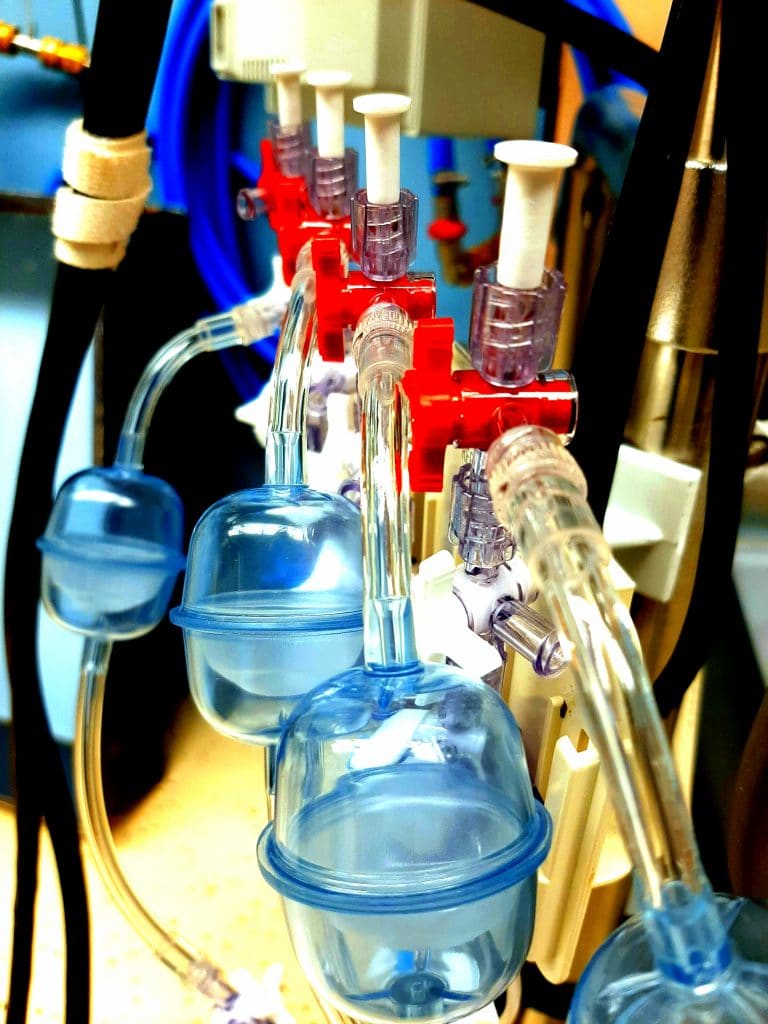Blood Management in A Patient with Anti-Oka Antibody Who Underwent Cardiac Surgery Using Cardiopulmonary Bypass: A Case Report

Background
Cardiac surgery under cardiopulmonary bypass (CPB) is often associated with massive bleeding and blood transfusion. For patients requiring specific blood products, meticulous blood management is critical to reduce blood loss, as well as the need for transfusion. Here, we have described the intraoperative blood management in a patient with anti-Oka antibody, who underwent cardiac surgery with CPB.
Case presentation
A 79-year-old woman was scheduled for open aortic valve replacement and tricuspid valve annuloplasty under hypothermic CPB. Her blood type was A RhD(+) Ok(a−), and anti-Oka, an extremely rare antibody against erythrocyte antigen, was detected. Eight units of Ok(a−) frozen thawed red cells (FTRCs), and six units of red blood cells donated by three Ok(a−) individuals were collected just prior to surgery. Although she was anemic, acute normovolemic hemodilution was conducted after anesthesia induction to preserve the autologous whole blood. Four units of FTRCs were loaded in the CPB priming solution, and modified ultrafiltration was adopted during CPB to prevent further hemodilution. After CPB termination, two units of FTRCs, four units of fresh frozen plasma, and ten units of platelet concentrate were intensively transfused, facilitating surgical hemostasis and stable hemodynamics. The autologous whole blood was returned to the patient in the intensive care unit. Since the hemoglobin and hematocrit levels were maintained postoperatively, no additional transfusion was required throughout her hospital stay.
Conclusions
Multidisciplinary intraoperative blood management in a patient with anti-Oka antibody facilitated successful cardiac surgery using CPB, along with effective use of limited blood products.
